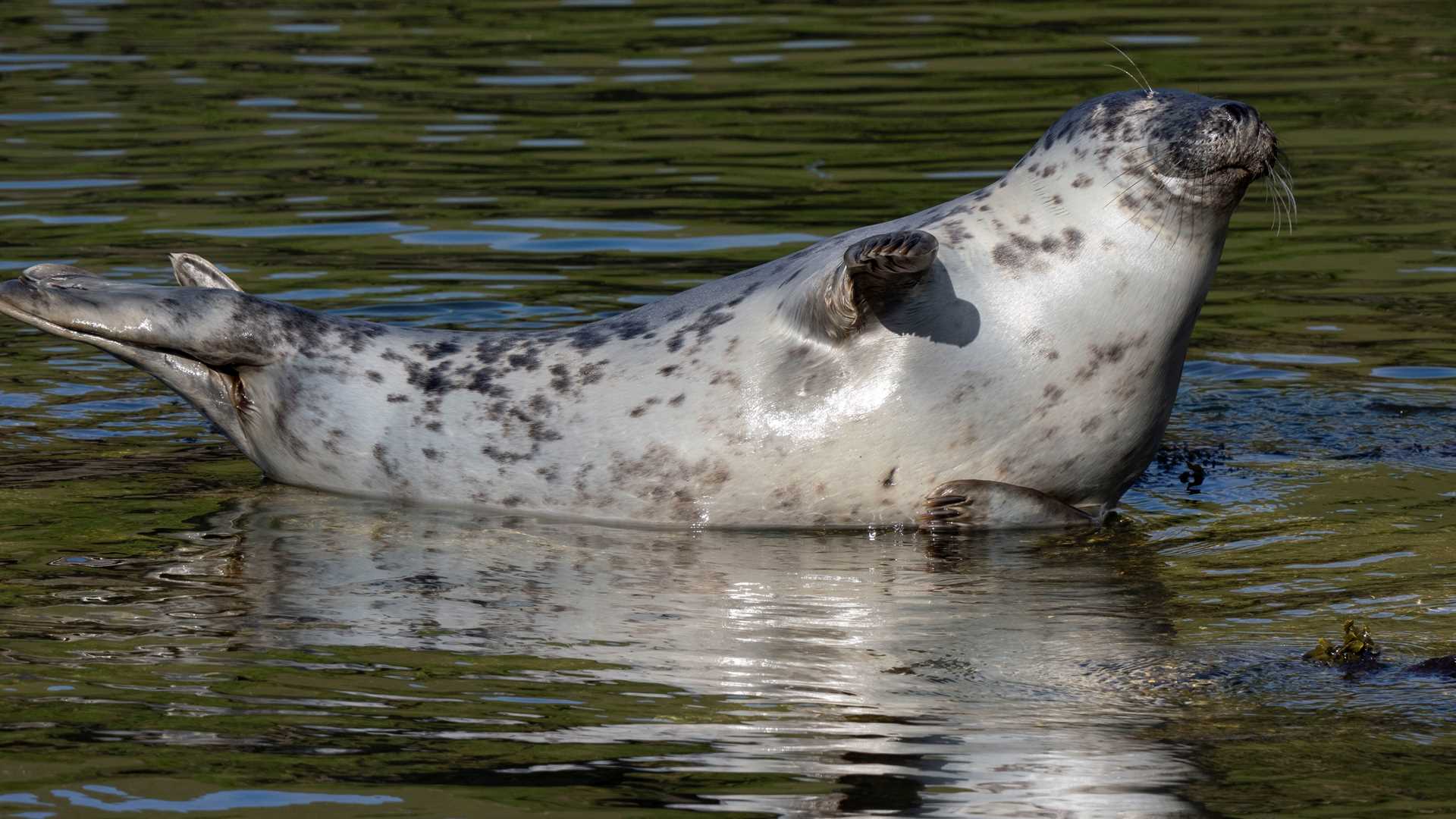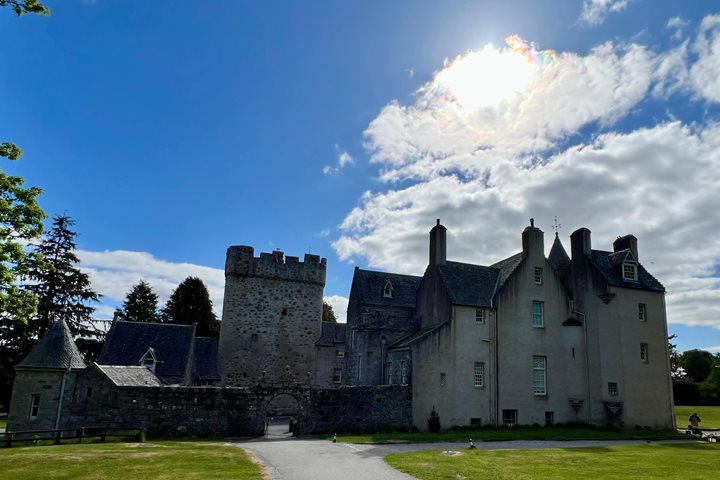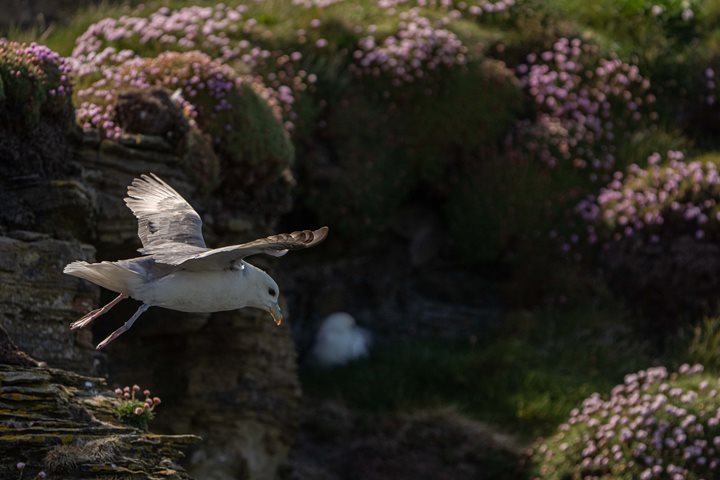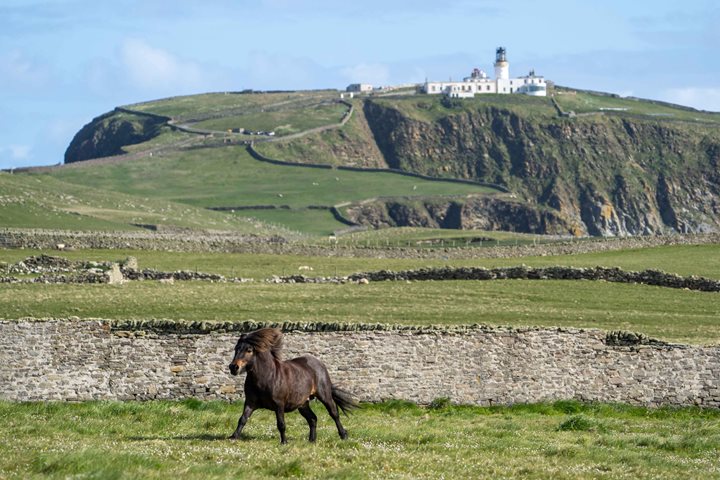Despite all the weather reports, we keep cheating the rain and wind. This morning, we awoke to beautiful sunshine and clear blue skies. With the sun on our side, we went ashore to one of the most beautiful islands in Shetland, Foula. We were met by local guides and set off to discover the beauty and wonders that the tiny little island has to offer. As soon as we set foot on the dock, we were welcomed by fulmars nesting on rock cliffs, seals hauled out on the water, and a close encounter with some Shetland ponies. What a pleasure to be here. After lunch and relocation of the ship, we again went ashore on the island of Mousa. Here we visited the best remaining example of an Iron Age round tower (a Broch) in the world and one of the oldest buildings in Britain. It was awe-inspiring.
5/23/2025
Read
National Geographic Explorer
Aberdeen
Blue skies, a comfortable temperature, and a gentle breeze accompanied guests as they enjoyed visiting the beautiful Aberdeenshire countryside and the city of Aberdeen. As guests disembarked for their morning activities, a lone piper played traditional tunes at the foot of the gangway, a very warm greeting to Aberdeen that further enhanced our overall Scottish experience. While some guests had the opportunity to visit Highland Cattle and Scottish Blackface sheep at a nearby farm, others were able to spend a wonderful morning at either Drum Castle or Crathes Castle. Castle visits included a guided tour of these fortified homes and were followed with independent time, during which guests enjoyed walking through the beautiful gardens and woodlands. For those guests that participated in the city tour of Aberdeen, the sunny conditions highlighted the ornate structures of the Granite City, so named because many of the buildings are constructed of the rock that is found in the hillsides surrounding the city. A glorious morning was enjoyed by all in this remarkable city and its surroundings.







